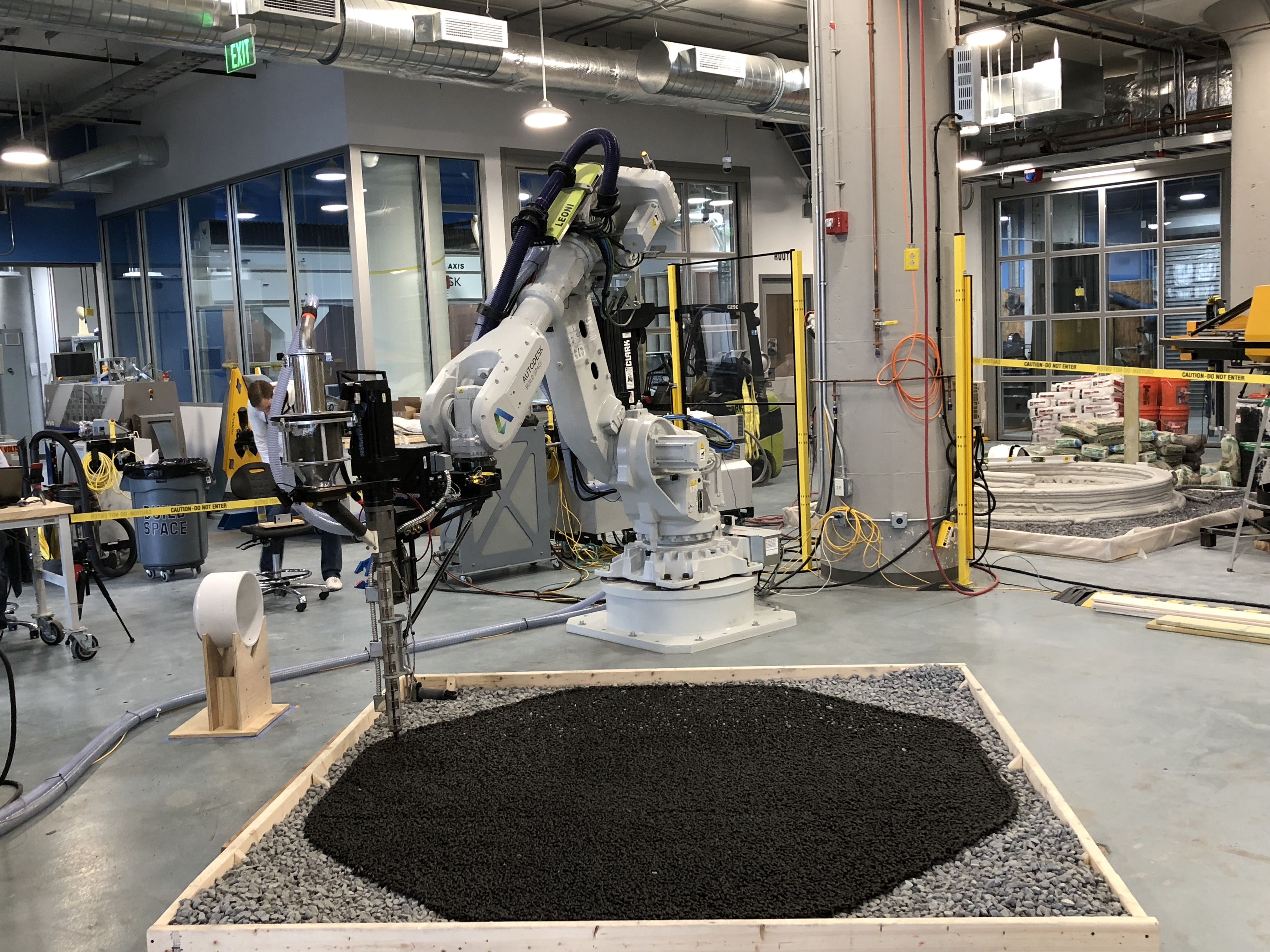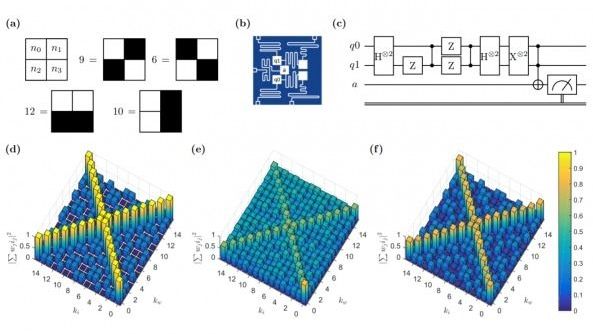Nov 30, 2018
Astronomers calculate the total amount of starlight ever produced in the observable universe
Posted by Genevieve Klien in category: space
The universe has been making stars for a good 13 billion years or so, and a natural question to ask might be “how many stars have existed in that time?” But now astronomers have taken it several steps further and asked “how much light has been emitted in that time?” Using a new measurement method, the team has apparently managed to quantify all the starlight every produced in the observable universe – and the result is a figure that’ll make your eyes water.


















